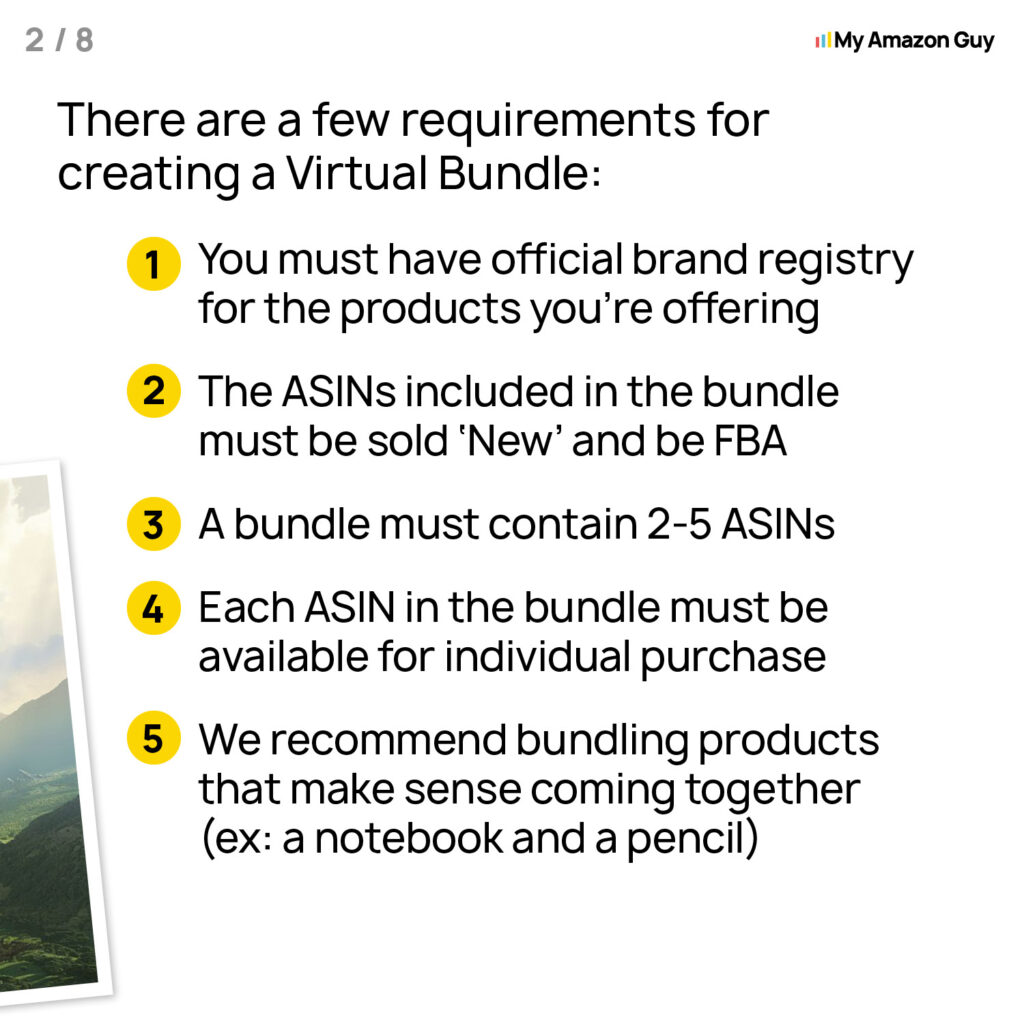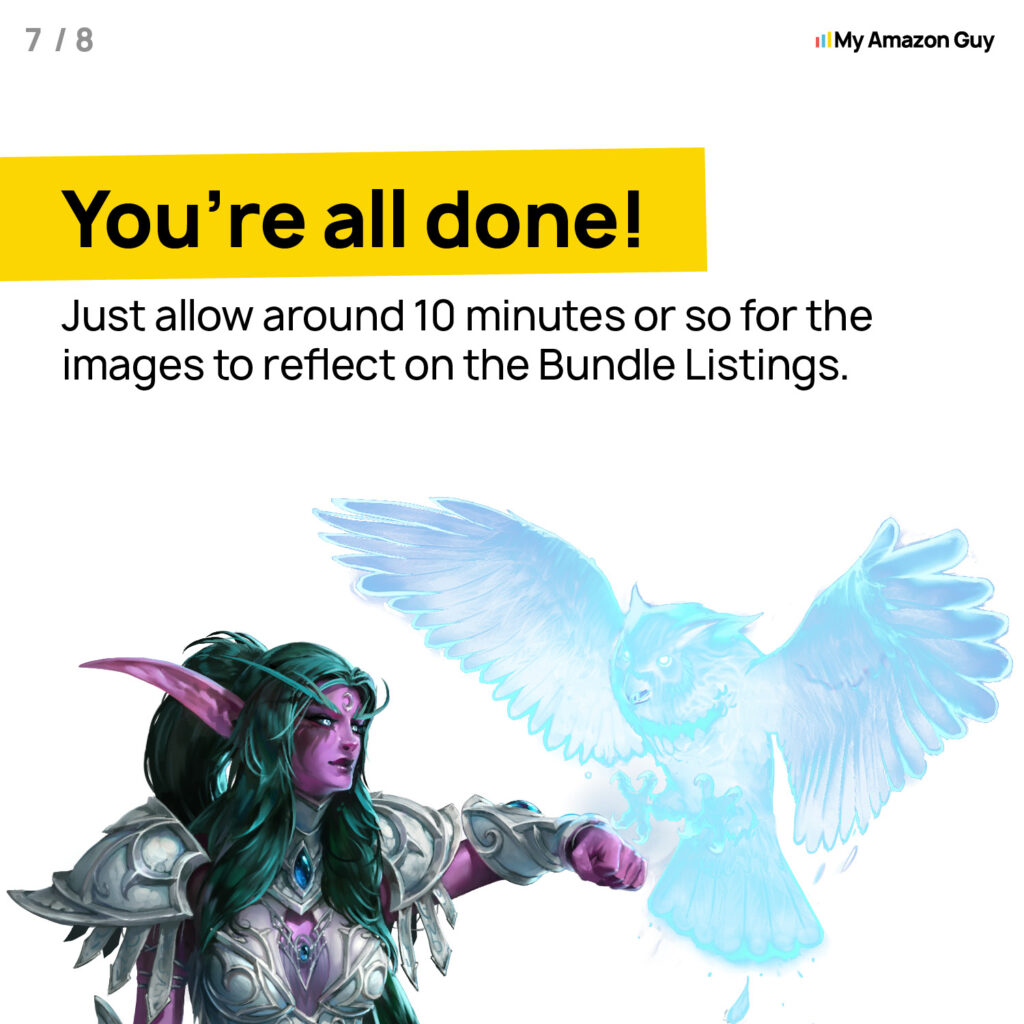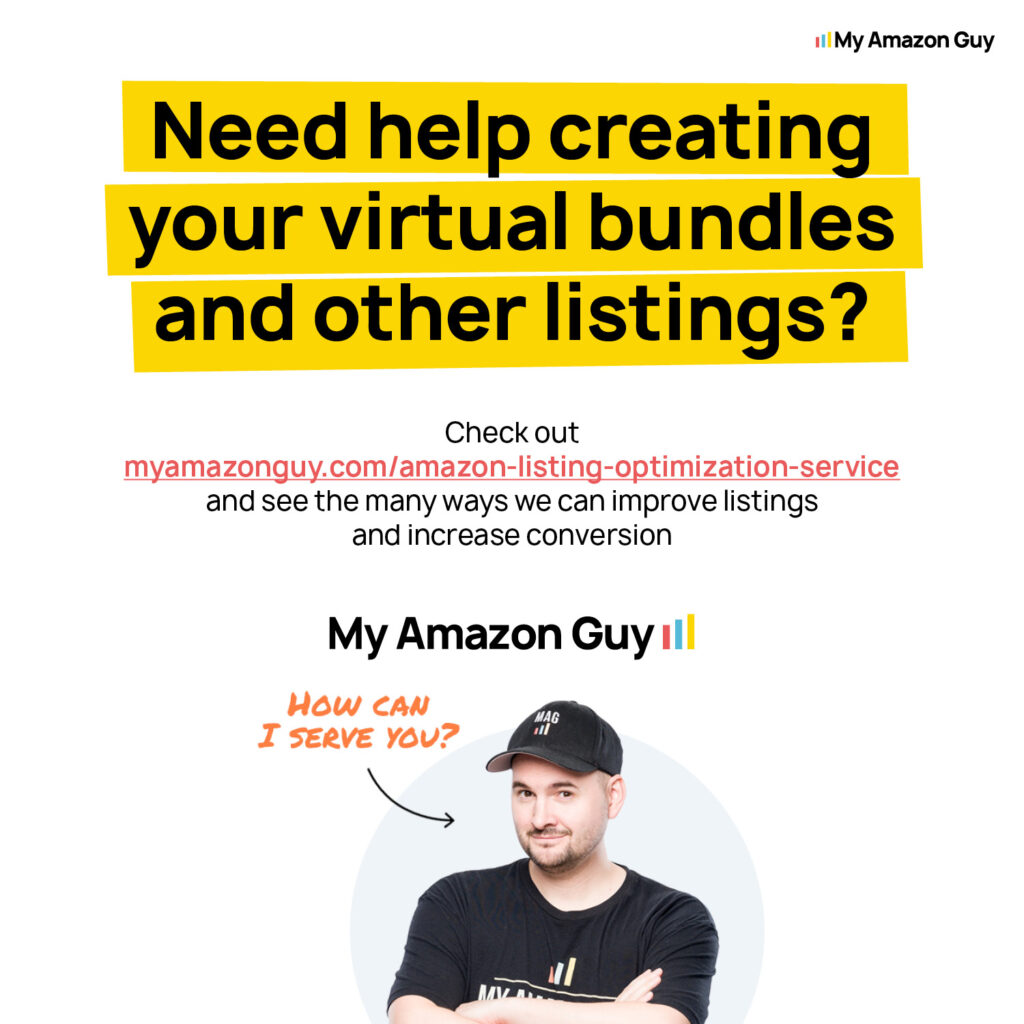As a shopper, when you search for something on Amazon, do you ever wonder why you get different results from people you know? This is because Amazon search personalization exists.
Amazon customizes search results based on a shopper’s browsing history, past purchases, and engagement patterns. Since the platform prioritizes customer satisfaction, it ensures that users see relevant products instead of random listings.
But what does this mean for sellers? Amazon’s search personalization affects product visibility, making it crucial to understand how rankings work.
In this guide, our Amazon agency will explain how search personalization works and its impact on sellers. We’ll also share actionable strategies to optimize your listings for better visibility.
Table of Contents
Understanding Search Personalization on Amazon
With millions of products listed, Amazon ensures shoppers find relevant items by customizing search results. Instead of showing generic listings, the platform prioritizes products based on individual preferences and shopping behavior.
For sellers, this means that visibility isn’t just about keywords; it’s about how well a product aligns with a shopper’s past interactions. Understanding how Amazon refines search results is key to optimizing listings for better reach.
How Does Search Personalization Work on Amazon
Amazon’s search algorithm analyzes user data to determine the most relevant results. Factors like browsing history, past purchases, and engagement signals (e.g., product views and add-to-cart actions) influence rankings.
AI and machine learning continuously refine these recommendations in real time, ensuring each shopper sees products aligned with their interests. This dynamic system helps customers find what they need faster while giving sellers more opportunities for conversions.
Benefits of Search Personalization on Amazon
Amazon search personalization enhances the shopping experience by making product discovery faster and more relevant. When customers find what they need quickly, they are more likely to make a purchase.
Below are the benefits of search personalization:
- Shoppers see products that match their preferences, which increases conversions and leads to more sales.
- Relevant search results improve the shopping experience, boosting overall customer satisfaction.
- Personalized product recommendations encourage repeat purchases and keep customers coming back.
- Shoppers spend less time searching for the right product, reducing browsing time and frustration.
- A seamless and tailored shopping experience strengthens customer loyalty and retention.
- Targeted results lead to more transactions and increased spending, driving higher revenue.
- Data-driven insights help optimize the marketplace, improving efficiency for both shoppers and sellers.
Get More Sales by Mastering Amazon Search Personalization
Sellers can make the most of Amazon’s search personalization by optimizing their listings and using customer data. Understanding how Amazon tailors search results can help boost visibility and increase conversions.
Here are some of the best practices Amazon sellers can follow that our Amazon agency recommends:
1. Go Beyond Demographics
Age, gender, and location only scratch the surface of understanding your audience. To market effectively, focus on their behaviors, interests, and specific problems they need to solve.
For instance, if you’re selling toothbrush, do not assume that everyone with teeth needs your toothbrush; narrow your focus to a clearly defined group. Are you targeting parents buying for kids, travelers needing compact options, or individuals with sensitive gums?
2. Target Specific Niches
Trying to appeal to everyone often results in reaching no one. A niche-focused approach allows you to create highly targeted messaging that speaks directly to a well-defined audience.
One way to determine a profitable niche is by analyzing search trends, conversion rates, and competition levels. For example, if you’re considering selling in the natural soap category, you might find that while search volume has remained static, the number of competing products has doubled, making it a tough market to enter.
Instead, look for niches with steady or growing demand but lower competition. Using search insights, you can identify underserved markets where your product has a better chance of standing out.
3. Use Frequently Bought Together Data
Amazon’s “frequently bought together” section is a goldmine for understanding customer behavior. It reveals patterns that show which products shoppers commonly purchase together.
By analyzing this data, you can identify opportunities to bundle complementary items. Bundling not only enhances the shopping experience but also increases the average order value.
This insight helps refine your cross-selling strategy and improve product positioning. When you offer relevant product combinations, customers are more likely to buy multiple items at once.
4. Identify Customer Needs
Customers often have underlying needs they don’t explicitly search for, and understanding these can give you a competitive edge. Pay attention to customer reviews, Q&A sections, and competitor listings to uncover pain points and motivations.
Once you identify these needs, position your product as the ideal solution. Use your product title, bullet points, and A+ content to highlight the benefits that matter most to shoppers.
By addressing these hidden concerns, you make it easier for customers to see why your product is the best choice. This not only boosts conversions but also builds trust with your audience.
5. Visual Validation Matters
Customers need to see themselves using your product before they buy it. Amazon listing images should showcase real-life scenarios that align with your target audience’s lifestyle, needs, and emotions.
Go beyond generic product shots by featuring people who match your customer avatar. Use lifestyle images, motion cues, and colors that grab attention while reinforcing your product’s value.
If your product appeals to multiple demographics, create separate variations with tailored visuals. This strategy increases relevance, builds trust, and ultimately drives more conversions.
6. Be a Marketer, Not a Politician
Trying to appeal to everyone dilutes your message and weakens conversions. Instead, focus on a specific customer avatar by understanding their unique pain points, preferences, and buying behaviors.
People buy products that feel tailored to them, not generic solutions for the masses. Show them visuals, product benefits, and messaging that speak directly to their identity and needs.
To give an example, if your target customers are hardcore gamers, showcase setups with gaming chairs, multiple monitors, and streaming gear. When buyers see themselves in your product listing, they feel an instant connection and are more likely to purchase.
7. Refine Beyond Initial Assumptions
If your original target audience isn’t converting, don’t force it and adapt instead. Real customer data often reveals unexpected buyers who resonate more with your product.
Stay open-minded and shift your strategy when necessary. Adjust your messaging, visuals, and ad targeting to align with the audience that’s actually making purchases.
Success comes from selling to the audience that connects with your product, not just the one you originally envisioned. Stay flexible, and let the data guide your approach.
8. Show, Don’t Just Tell
Shoppers connect with products when they see people like themselves in the imagery. Instead of just listing features, showcase real-world scenarios that align with their identity and aspirations.
For example, if you sell beauty or skincare products, a strong before-and-after image can be more persuasive than an infographic. A clear transformation, like enhanced skin glow or improved texture, helps customers picture the results they want.
Rather than targeting everyone with generic images, tailor visuals to different customer avatars. When shoppers recognize themselves in the product experience, they are far more likely to buy.
FAQs About Amazon Search Personalization
Are Amazon search results personalized?
Yes, Amazon tailors search results based on customer behavior, including past searches, purchase history, and browsing patterns. This means different shoppers may see different results for the same search term.
Can I influence how Amazon personalizes search results for my products?
Yes, by consistently optimizing your listings with relevant keywords, enhanced content, and engaging visuals. Encouraging customer engagement through reviews and Q&A can also improve relevance in search rankings.
Why is a personalized experience important for Amazon shoppers?
A personalized experience makes shopping easier by showing relevant products based on a customer’s unique preferences. It helps buyers find what they need faster, leading to higher satisfaction and increased sales for sellers.
How can I create personalized product listings on Amazon?
To create personalized listings, sellers should use high-quality images, detailed product descriptions, and targeted keywords that align with customer search behavior. Additionally, using the “frequently bought together” data can enhance recommendations and boost sales.
Can small businesses benefit from Amazon search personalization?
Yes, even small businesses can take advantage of search personalization to compete with larger brands. By optimizing their listings and using customer insights, they can create a more personalized experience that attracts and retains customers.
Build Lasting Success Through Amazon Search Personalization
Understanding Amazon’s search system is key to standing out in a crowded marketplace. By using data-driven strategies and optimizing your listings based on real customer behavior, you can improve visibility and increase sales.
Instead of relying on broad marketing tactics, focus on high-quality images, relevant keywords, and engaging product descriptions that resonate with your target audience. The more you align with Amazon’s algorithms and shopper preferences, the better your chances of achieving long-term success.
Need help optimizing your strategy for Amazon search personalization? Contact our Amazon agency and let our experts adjust your listings, improve visibility, and drive more sales.












